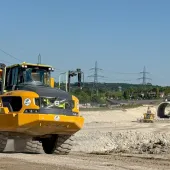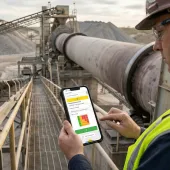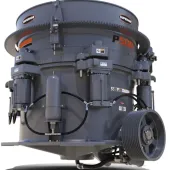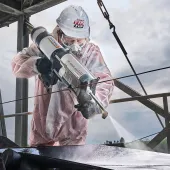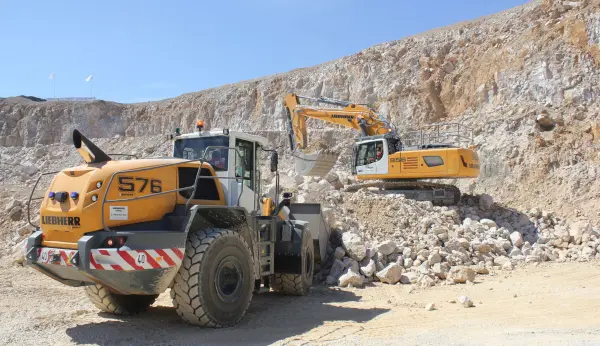Compliance in Quarries: The foundation of safety and innovation
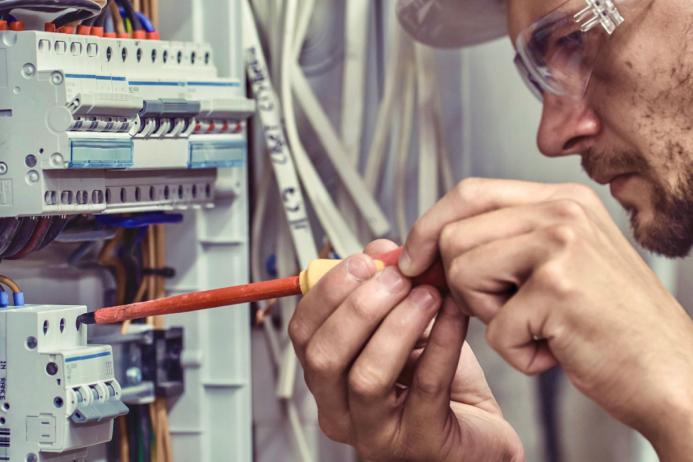
First published in the April 2025 issue of Quarry Management
Michael Kenyon MIET, strategic technical director at Bureau Veritas, highlights the importance of compliance that protects machinery, the environment, and life, and shares some key considerations for operators
The quarrying industry underpins countless sectors by supplying essential materials for construction and manufacturing. Yet, quarries remain one of the most high-risk work environments, demanding constant vigilance and adherence to strict compliance standards. For operators, prioritizing compliance is not just a regulatory box to tick; it forms the backbone of safe, efficient, and future-ready operations.
Rethinking electrical safety in high-risk environments
The wet and exposed environments of quarries make electricity a significant hazard. The stakes are high: high-voltage equipment and unpredictable weather conditions create an environment more susceptible to electrical failures and accidents.
Under the Electricity at Work Act, inspections are mandated. The Quarry Regulations 1999 give the timescales involved. This is usually 12 monthly but can include a six-monthly visual inspection. Techniques such as dead testing, a procedure where all systems are de-energized for thorough inspection, are increasingly essential. A staggered approach to dead testing ensures comprehensive safety checks without complete operational downtime.
Beyond meeting the bare minimum, operators should consider additional qualifications such as CompEx certification, which ensures staff are equipped to work safely in environments with explosive atmospheres.
Blasting and the need for specialized expertise
Blasting is integral to quarry operations but introduces unique challenges. Falling rocks, vibration damage, and the potential for explosive atmospheres all elevate risk.
Operators must invest in specialized training and certifications to meet these challenges head-on. Compliance with standards such as CompEx – designed to validate expertise in managing explosive atmospheres – ensures that personnel are equipped to manage the complexities of these high-risk situations.
The case for proactive machinery maintenance
Heavy machinery is the lifeblood of any quarry, but it is also a source of considerable risk. Accidental impacts can severely damage structures, while the sheer weight of equipment adds strain to infrastructure over time. Regular inspections of machinery and its support structures are critical to ensuring a safe and productive environment.
Proactive maintenance, rather than reactive repairs, saves costs and minimizes downtime. Moreover, it is a powerful demonstration of a quarry operator’s commitment to maintaining a safe workplace.
In addition to heavy machinery, ladders and access walkways are subject to PUWER regulations to ensure they are safe for use. Similar to the heavy machinery, they will need regular inspections, as well as provision of training for competency and compliance.
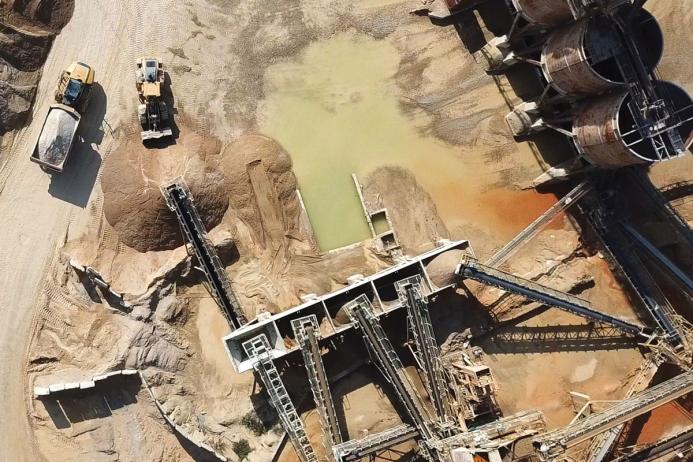
The hidden costs of structural wear and tear
Structural integrity in a quarry goes beyond aesthetics, becoming a matter of safety and operational continuity. Coastal quarries face accelerated corrosion from salt exposure, while rain, wind, and heavy plant machinery contribute to wear and tear at all sites. Unchecked, these factors can compromise safety and incur significant costs.
Key infrastructure such as walkways, conveyors, warehouse structures, and weighbridges must be routinely inspected. Proactive measures like these extend the lifespan of assets and prevent minor issues from escalating into major hazards.
Quarries can also embrace technology-driven solutions, such as drones for inspecting confined spaces such as tunnels and pits. These tools not only enhance safety by removing personnel from high-risk areas but also provide real-time data for quicker decision-making. Modern tools like drones and advanced testing methods are revolutionizing the way inspections are conducted, offering safer, faster, and more detailed evaluations.
Adopting a mindset of continuous improvement can also mean exceeding regulatory requirements. While the Quarries Regulations and Electricity at Work Act establish baseline standards, quarry operators who go above and beyond demonstrate leadership in safety and operational excellence.
Leadership in compliance
Compliance should never be viewed as a burden. In the quarrying industry, it is a strategic imperative that protects lives, ensures environmental stewardship, and safeguards long-term operational success. By embracing cutting-edge technology, rigorous inspection regimes, and proactive maintenance strategies, operators can set a new standard for safety and innovation.
The future of quarrying is not just about extracting resources – it is about creating environments where safety and efficiency thrive together. For operators ready to lead the way, compliance should not be viewed as the goal, but rather the starting point.
At the forefront of quarry compliance, Bureau Veritas offer a comprehensive suite of solutions designed to meet and exceed statutory requirements. From electrical testing and structural inspections to advanced safety assessments for explosive atmospheres and noise control, their expertise helps quarry operators ensure safety, efficiency, and sustainability.
With innovative tools such as the SWIFT reporting system, which provides real-time inspection updates and access to records 24h a day, seven days a week, Bureau Veritas not only ensure compliance but also empower operators to optimize performance and minimize risk. As a trusted partner, Bureau Veritas are shaping a safer, more sustainable future for the quarrying industry.
Subscribe to Quarry Management, the monthly journal for the mineral products industry, to read articles before they appear on Agg-Net.com



